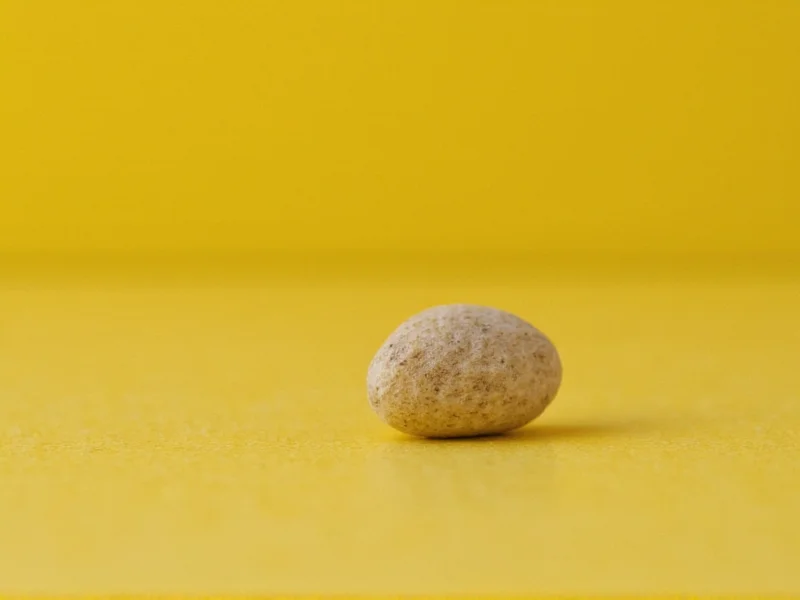The phrase “as small as a mustard seed” originates from biblical teachings, specifically in the New Testament where Jesus used this tiny seed as a powerful metaphor for faith. Understanding both the literal size of mustard seeds and their symbolic meaning provides valuable insight into why this comparison has endured for centuries across various cultures and contexts.
Understanding the Actual Size of Mustard Seeds
When examining mustard seeds scientifically, we find they're remarkably small yet packed with potential. The common black mustard plant (Brassica nigra) produces seeds that average 1-2 millimeters in diameter. To put this in perspective, it would take approximately 10-15 mustard seeds lined up end-to-end to equal the width of a standard pencil.
| Seed Type | Average Diameter | Seeds per Gram | Comparison Reference |
|---|---|---|---|
| Mustard Seed | 1-2 mm | 300-500 | Grain of sand |
| Chia Seed | 1.5-2 mm | 250-300 | Slightly larger than mustard |
| Sesame Seed | 3-4 mm | 200-250 | Nearly twice the size |
| Poppy Seed | 0.5-1 mm | 2,000-3,000 | Smaller than mustard |
Biblical Context and Significance
The mustard seed metaphor appears in three Gospel accounts: Matthew 17:20, Mark 4:30-32, and Luke 13:18-19. In these passages, Jesus uses the mustard seed to illustrate how even a tiny amount of genuine faith can accomplish seemingly impossible tasks. The historical context matters here – in first-century Palestine, the mustard plant was known for growing from an extremely small seed into a large shrub, sometimes reaching heights of 6-8 feet.
Contrary to popular belief, the mustard seed wasn't actually the smallest seed in existence, even during biblical times. However, it was among the smallest seeds commonly known to the people Jesus was addressing. This practical reference made the metaphor particularly effective for his audience. The key point wasn't botanical accuracy but rather the dramatic contrast between the seed's minuscule size and the substantial plant it could produce.
Scientific Perspective on Mustard Seeds
From a botanical standpoint, mustard seeds come from plants in the Brassicaceae family. The three primary varieties used historically and today are black mustard (Brassica nigra), brown Indian mustard (Brassica juncea), and white/yellow mustard (Brassica hirta). Despite their small size, these seeds contain all the genetic information needed to produce a plant that can grow up to 10 feet tall under optimal conditions.
The growth potential of mustard seeds explains why they were such an effective metaphor. In ideal conditions, a single mustard seed can germinate within 3-7 days, establishing roots within a week and beginning visible growth above ground shortly after. Within a single growing season, that tiny seed transforms into a substantial plant capable of producing hundreds of new seeds.
Modern Interpretation and Usage
Today, the phrase “as small as a mustard seed” continues to resonate beyond religious contexts. Psychologists and motivational speakers often reference the concept when discussing how small positive changes can lead to significant personal growth. The metaphor works because it captures a universal truth: great things often have humble beginnings.
When exploring how small is a mustard seed in practical terms, consider that it takes approximately 300-500 mustard seeds to make up a single gram. This minuscule size makes the growth potential even more remarkable. The mustard seed faith explanation isn't about the quantity of faith but rather its quality and potential for growth when properly cultivated.
Cultural Significance Across Time
The enduring power of this metaphor lies in its cross-cultural applicability. Ancient agricultural societies understood the transformative nature of seeds, making the comparison immediately understandable. Modern audiences continue to connect with the concept because it speaks to the human experience of starting small and achieving greatness through persistence.
When examining why did Jesus use a mustard seed metaphor specifically, scholars note that the mustard plant had additional significance in first-century Jewish culture. Unlike carefully cultivated garden plants, mustard often grew as a weed, spreading aggressively once established. This characteristic may have reinforced Jesus' message about how faith, once planted, can spread and transform beyond initial expectations.
Practical Applications Today
Understanding the actual size of a mustard seed compared to other seeds helps ground the metaphor in reality. While poppy seeds are smaller, mustard seeds were more familiar to Jesus' audience and represented a better contrast between tiny origin and substantial result. This practical consideration demonstrates how effective communication uses references that resonate with the audience's everyday experience.
The meaning behind “as small as a mustard seed” remains relevant for anyone facing challenges that seem insurmountable. Just as a single mustard seed contains the potential for a large plant, small consistent actions can lead to significant achievements. This principle applies across various domains, from personal development to business growth and community building.











 浙公网安备
33010002000092号
浙公网安备
33010002000092号 浙B2-20120091-4
浙B2-20120091-4